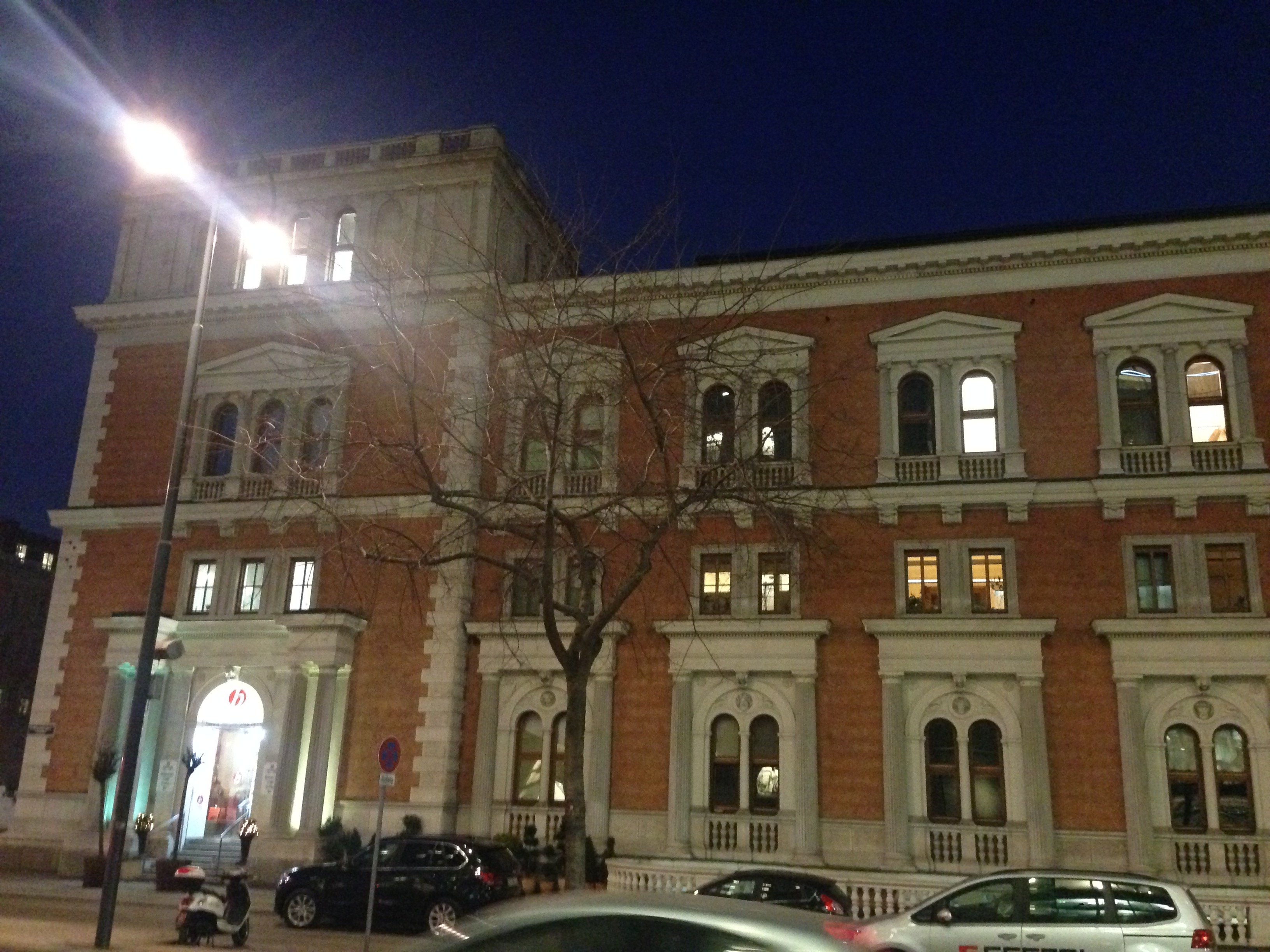THE CAVEATS OF THE FINANCIAL CRISIS IN 2008

Vienna, Town Hall, opened 1883 (architect: Friedrich von Schmidt)
In the US the crisis broke first. It is important to look at the economic background and the warning signals. Between 1995 and 2005 sociologists identified the baby boomer generation peak earning years, a massive group of people, which drove excessive demand in the US. The internet bubble in 2000 broke exactly in the middle of their peak earning years. Furthermore internet trading enabled the access of many more people to the stock market by making trading cheaper and easier.
Structural changes in the world of the 1990s influenced the economy of the US, such as the collapse of the Soviet Union, the rise of China and south-east Asia, low oil prices – in 1999 a barrel cost $21-, the terror attacks of September 11, 2001 and the collapse of Enron. The US was already in recession. Uncertainty leads to panic and panic leads to reaction, not pro-action. Reactions tend to focus on today, not on the future. That was the situation when Alan Greenspan, the chairman of the FED in those years reacted with a specific monetary policy. It was based on three assumptions: First, markets are fragile, second, markets infer signs from Greenspan’s behaviour and third, he saw himself as the promoter of free markets. After September 11 US citizens did not go on holidays, did not fly, bought DIY stuff, renovated their homes and stayed at home; they reverted to “cocooning”. Greenspan’s drop of the FED Funds Rate after the burst of the internet bubble to 1% in 2004 should have stimulated the US economy.…









